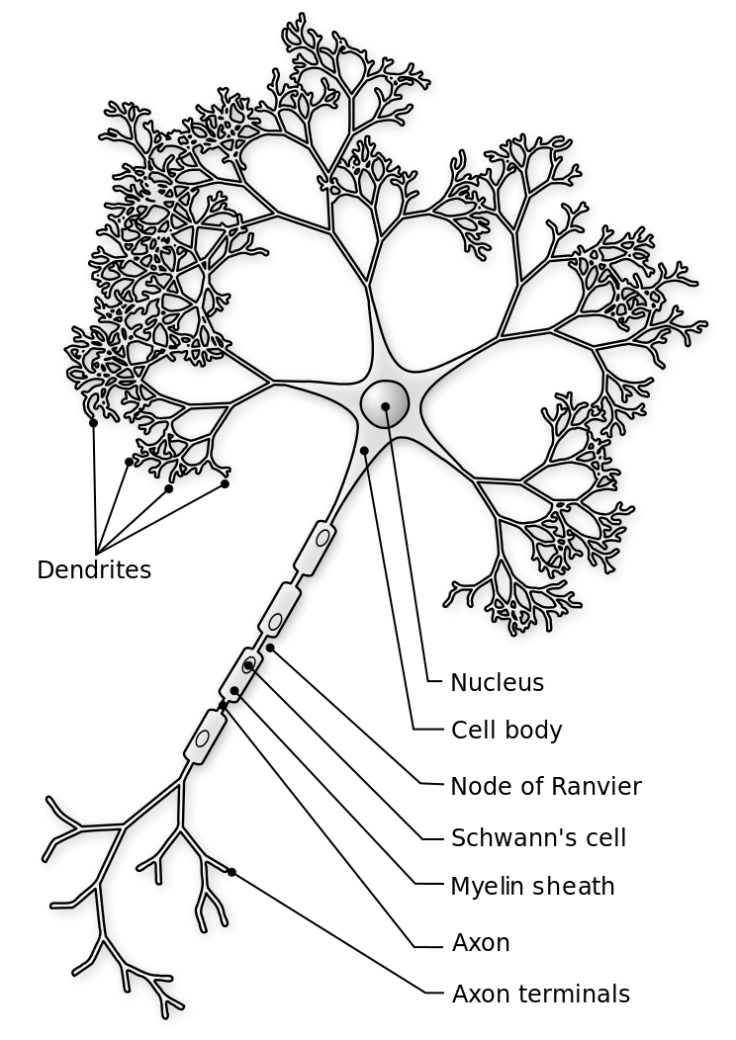The brain is 10 times more active than we thought
Little-studied structures called dendrites turn out to be the overwhelming source of the brain's activity.

The centres of nerve cells in the brain – thought to be the hub of electrical activity in the nervous system – account for only a tiny minority of the overall activity in the brain, a study had found. Instead, overlooked structures called dendrites are responsible for the vast majority of activity in the brain.
Dendrites are short branching structures that lead away from the centre of the nerve cells. They generate about 90% of the brain's electrical activity, according to a paper published in the journal Science.
Dendrites were traditionally thought to be passive structures. They were thought to simply pass an electrical signal along from the central body of the cell to the tips of the cell, which connect with the tips of other cells to pass on the signal.
An experiment in rats suggests that this isn't how dendrites function after all. Scientists measured dendrite activity in the rats while they were sleeping, to find that there were about five times as many electrical spikes in the dendrites than somas. When the rats were navigating a maze, this jumped to 10 times as many spikes in the dendrites compared with the somas.
The way that the dendrites generated the electrical signals also overturns a fundamental idea about how electrical signals pass around the brain. In the soma, electrical impulses are generated in an all-or-nothing way. There's no such thing as half a signal, or a small signal or a large signal when it's generated here. There's only the binary system of 'signal' or 'no signal'. This is very much the same as the way digital information is transmitted.
But dendrites were capable of sending signals of a range of sizes, which is like the way analogue information is transmitted. These signals were typically much larger than the signals transmitted by the soma. Dendrites are therefore the only known parts of the cell to be involved in both types of information transmission.

"A fundamental belief in neuroscience has been that neurons are digital devices. They either generate a spike or not. These results show that the dendrites do not behave purely like a digital device," said study author Mayank Mehta of the University of California, Los Angeles in a statement.
"Dendrites do generate digital, all-or-none spikes, but they also show large analogue fluctuations that are not all or none. This is a major departure from what neuroscientists have believed for about 60 years."
As well as leading to a better understanding of the brain and memory formation, the findings could point to new therapies for neurological disorders, and for developing computers that mimic the function of the human brain.
© Copyright IBTimes 2025. All rights reserved.






















